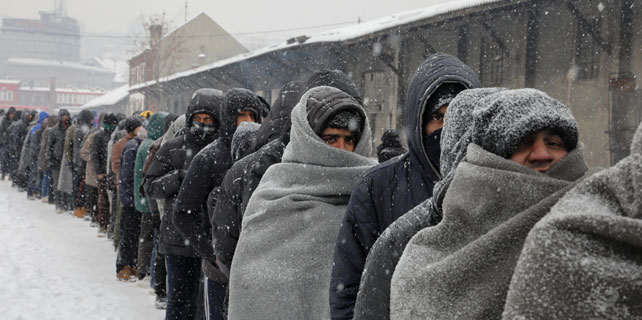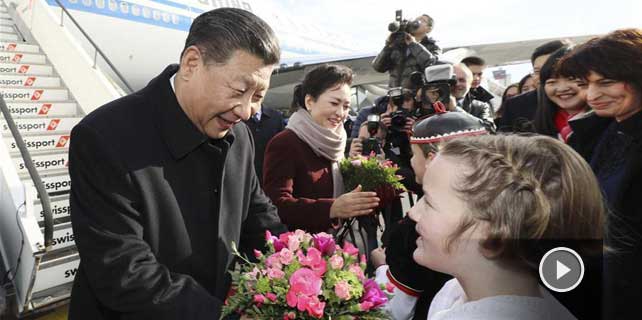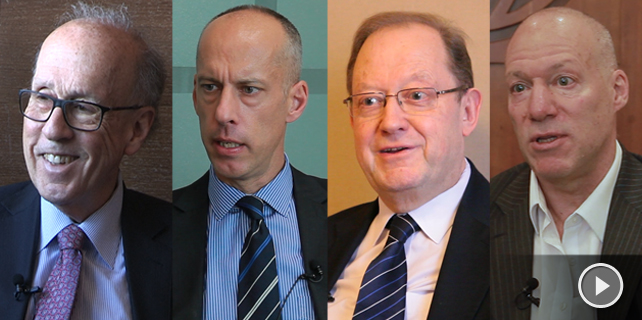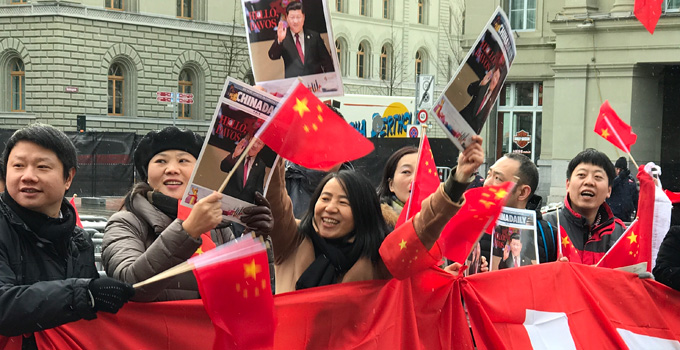SOE share prices to 'bounce back'
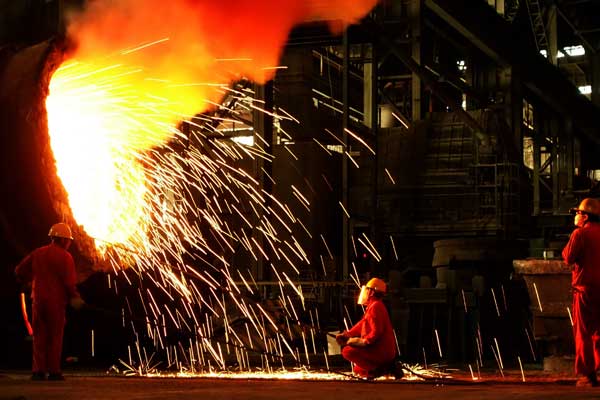 |
|
Workers clean a molten steel holder at Dalian Special Steel Co Ltd in Dalian, Liaoning province. [Photo by Liu Debin/For China Daily] |
The share prices of China's giant State-owned enterprises in the steel, coal and power sectors are expected to rebound this year as the country recombines resources to create more Fortune Global 500 companies to compete with foreign rivals, an expert said on Monday.
The opportunity came after the State-owned Assets Supervision and Administration Commission said last week that the SOE reform will no longer focus only on cutting the number of groups or their subsidiaries. Industrial upgrading, global market diversification and resources optimization are main themes for the reform this year.
Listed companies such as Hunan Valin Steel Co, Jizhong Energy Group Co, Beijing-based Huaneng Power International Inc, Shanghai Electric Power Co and another 10 companies from these three industries have all announced they have been involved in assets reorganization since 2016.
He Jingtong, a professor of economics at Nankai University in Tianjin, said because the steel, coal and power businesses can notably affect SOE profits, the government is keen to integrate these commodity-based sectors to support profit growth, as international commodity prices are gradually picking up.
"The changing relations between supply and demand of China's manufacturing products, the stable business operation of the steel and coal industries, and the central government's call to cut excessive industrial capacity, are core factors to push reform in these three industries," said Li Jin, a researcher at the Beijing-based China Enterprise Research Institute.
The SASAC has set a target to raise the profit growth rate gained by central SOEs to between 3 percent and 6 percent on a year-on-year basis in 2017.
The sales revenue of central SOEs reached 23.4 trillion yuan ($3.39 trillion) in 2016, up 2.6 percent on a year-on-year basis, while they gained 1.23 trillion yuan in profits, increasing 0.5 percent from the previous year, according to the National Business Daily.
China, to date, has cut the number of its central SOEs to 102. Local SOE watchdogs in 10 municipalities and provinces including Beijing, Chongqing and Guangdong, have already made plans to further recombine or cut the number of SOEs this year.
China has 150,000 SOEs at different levels, which manage more than 100 trillion yuan in assets and employ more than 30 million people.




